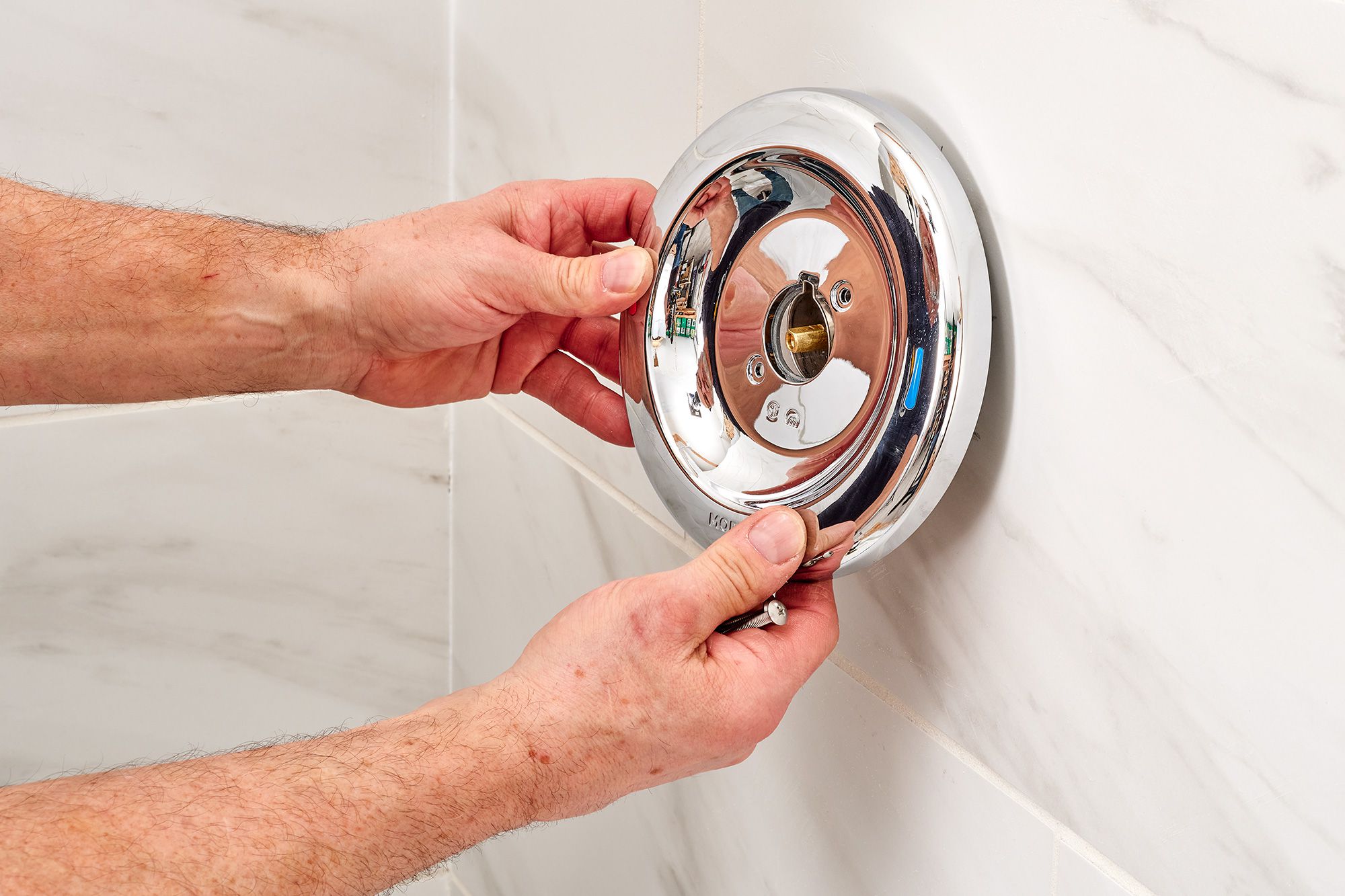

Articles
How To Stop A Leaky Shower Faucet
Modified: January 6, 2024
Learn how to stop a leaky shower faucet with these informative articles. Fix the problem yourself and save money on plumber bills.
(Many of the links in this article redirect to a specific reviewed product. Your purchase of these products through affiliate links helps to generate commission for Storables.com, at no extra cost. Learn more)
Introduction
A leaky shower faucet can be a constant source of frustration. Not only does it waste water, but the constant drip-drip-drip sound can become an annoyance, making it difficult to relax and enjoy your shower. Luckily, you don’t have to live with a leaky shower faucet forever. With a little knowledge and the right tools, you can easily fix the problem and get your shower back in working order.
In this article, we will guide you through the process of stopping a leaky shower faucet. Whether you’re a seasoned DIYer or a beginner, this step-by-step guide will help you understand the problem, gather the necessary tools and materials, and take the necessary steps to resolve the issue. So, let’s dive in and get your shower faucet fixed!
Key Takeaways:
- Easily fix a leaky shower faucet by understanding the problem, gathering the right tools, and following a step-by-step process. Save water and enjoy a hassle-free shower experience with DIY repair.
- Identifying the type of faucet and replacing the faulty cartridge or valve stem are crucial steps in fixing a leaky shower faucet. Take your time, follow instructions, and enjoy a successful DIY project.
Read more: How To Stop A Leaky Kitchen Faucet
Understanding the Leaky Shower Faucet Problem
Before we start fixing a leaky shower faucet, it’s important to understand the common causes behind the problem. This will help you diagnose the issue and determine the best course of action.
One of the most common causes of a leaky shower faucet is a worn-out cartridge or valve stem. Over time, the rubber seals inside these components can deteriorate, leading to leaks. Another possible cause is a loose or faulty connection between the faucet handle and the cartridge or valve stem. This can result in water leaking out of the handle area.
Additionally, excessive water pressure can contribute to a leaky faucet. If the water pressure in your home is too high, it can put strain on the faucet’s internal components, causing them to leak. Lastly, mineral deposits and sediment buildup can also lead to leaks by obstructing the smooth flow of water and damaging the seals.
Understanding the underlying problem will help you determine whether you need to replace the cartridge or valve stem, tighten connections, or address the issue of high water pressure. It’s important to note that each faucet may have a different design, so the specific steps to fix the leak may vary. However, the general troubleshooting and repair process we will outline in the following steps should help you address most common leaky shower faucet problems.
Tools and Materials Needed
Before you start fixing your leaky shower faucet, it’s important to gather the necessary tools and materials. Having everything prepared in advance will make the process smoother and more efficient. Here are the tools and materials you’ll need:
- Adjustable wrench
- Screwdriver (either flathead or Phillips, depending on your faucet)
- Allen wrench (if required for your specific faucet)
- Replacement cartridge or valve stem (make sure to get the correct size and type for your faucet model)
- Plumber’s tape
- Clean cloth or sponge
- Bucket or container (to catch any excess water)
Once you have gathered all the necessary tools and materials, you’ll be well-prepared to tackle the leaky shower faucet problem. It’s a good idea to have a clean work area and ample lighting to ensure you can see and access all the necessary parts of the faucet. Now that you’re ready, we can move on to the next step: shutting off the water supply.
Step 1: Shutting off the Water Supply
Before you begin any work on your shower faucet, it’s essential to shut off the water supply to prevent any accidents or water damage. Here’s how to do it:
- Locate the main water shut-off valve for your home. This is typically located near the water meter or in the basement.
- Turn the valve clockwise to shut off the water supply. You may need to use a wrench or pliers to turn the valve if it’s stiff.
- After closing the main shut-off valve, open a faucet in a lower area of your home, such as a basement sink or outdoor hose bib. This will help drain any remaining water from the plumbing system.
- Once the water has been fully drained, you can proceed to the next step of fixing your leaky shower faucet.
Remember, shutting off the water supply is a critical step to ensure your safety and prevent any water damage. Take the time to locate the main shut-off valve and familiarize yourself with its operation. If you’re unsure about shutting off the water supply, it’s always best to consult a professional plumber.
Now that the water supply is turned off, you’re ready to move on to the next step in fixing your leaky shower faucet: removing the shower handle.
Step 2: Removing the Shower Handle
Once you have shut off the water supply, it’s time to remove the shower handle. Here’s how to do it:
- Inspect the shower handle to locate the screw that attaches it to the valve stem or cartridge. This screw is typically positioned on the underside or behind a decorative cap.
- Using a screwdriver or Allen wrench (depending on the type of screw), carefully loosen and remove the screw. Set it aside in a safe place.
- Gently pull the shower handle away from the wall. In some cases, you may need to apply a little bit of force, but be careful not to damage any surrounding surfaces.
- Once the handle is removed, you should have clear access to the valve stem or cartridge assembly.
It’s important to be cautious and patient when removing the shower handle. If you encounter any difficulties or resistance, refer to the user manual or contact the manufacturer for guidance specific to your faucet model.
With the shower handle removed, you’re now ready to move on to the next step of fixing your leaky shower faucet: identifying the type of faucet you have.
If your shower faucet is leaking, try replacing the cartridge or the rubber O-rings to stop the leak. Make sure to turn off the water supply before attempting any repairs.
Read more: How To Fix Leaky Two Handle Shower Faucet
Step 3: Identifying the Type of Faucet
Identifying the type of faucet you have is crucial because different faucets may require different repair methods. Here’s how to identify the type of faucet you’re dealing with:
- Examine the exposed valve stem or cartridge. Look for any distinguishing features or markings that can help you identify the faucet type.
- If there are no visible markings, take a photo of the valve stem or cartridge and search online for similar images or compare it to faucet manufacturer websites.
- Another way to determine the faucet type is by considering the age and brand of the faucet. Older faucets may have distinct designs that can help narrow down the possibilities.
- If you’re still unsure, consider contacting the faucet manufacturer with the photo or description of your faucet. They can provide you with more specific information and guidance.
Identifying the type of faucet is important because it will help you determine the specific replacement parts or repair methods you need. This information will also be helpful in case you need to seek advice or purchase replacement cartridges or valve stems.
With the faucet type identified, you’re now ready to move on to the next step of fixing your leaky shower faucet: replacing the cartridge or valve stem.
Step 4: Replacing the Cartridge or Valve Stem
Now that you’ve identified the type of faucet you have, it’s time to replace the faulty cartridge or valve stem. Here’s a general guide to help you through the process:
- Refer to the manufacturer’s instructions or user manual for your specific faucet model. They may provide detailed steps for replacing the cartridge or valve stem.
- Using the appropriate tools, carefully remove the old cartridge or valve stem from the faucet body. Depending on your faucet, this may involve unscrewing it or using a wrench to loosen and remove it.
- Inspect the inside of the faucet body for any debris or mineral buildup. Clean it thoroughly using a clean cloth or sponge.
- Apply plumber’s tape to the threads of the new cartridge or valve stem. This will ensure a tight seal and prevent any future leaks.
- Insert the new cartridge or valve stem into the faucet body, making sure it aligns correctly and fits snugly.
- Tighten the cartridge or valve stem according to the manufacturer’s instructions. Be careful not to overtighten, as this can cause damage.
It’s important to note that the specific steps for replacing the cartridge or valve stem may vary depending on your faucet model. Therefore, it’s always a good idea to refer to the manufacturer’s instructions for the most accurate guidance.
Once you have successfully replaced the cartridge or valve stem, you’re ready to move on to the next step: reassembling the shower handle.
Step 5: Reassembling the Shower Handle
With the new cartridge or valve stem in place, it’s time to reassemble the shower handle. Follow these steps to ensure a proper reassembly:
- Take the shower handle and carefully align it with the valve stem or cartridge. Make sure it fits securely.
- Reinsert the screw that attaches the shower handle to the valve stem or cartridge. Use a screwdriver or Allen wrench to tighten the screw, ensuring a firm connection.
- If your shower handle has a decorative cap, snap it back into place to cover the screw.
As you’re reassembling the shower handle, take care not to overtighten the screw. Over tightening can cause damage to the handle or the valve stem, leading to additional problems down the line.
With the shower handle securely reassembled, you’re almost done. Just one more step to go: turning on the water supply.
Step 6: Turning on the Water Supply
Now that you’ve successfully replaced the cartridge or valve stem and reassembled the shower handle, it’s time to turn on the water supply and test your fix. Follow these steps to complete the process:
- Make sure that all the faucet handles in your home are in the closed position.
- Return to the main water shut-off valve and turn it clockwise to gradually open the water supply.
- Slowly open the faucet handle you just fixed to allow the water to flow. Keep an eye out for any signs of leaks or drips.
- If there are no leaks and the waterflow is steady, you’ve successfully fixed your leaky shower faucet! Give yourself a pat on the back for a job well done.
- If you notice any leaks or issues, double-check the cartridge or valve stem installation and make sure it’s properly tightened. If the problem persists, you may need to seek professional help.
It’s important to observe the repaired faucet for a while after turning on the water supply. Sometimes, small adjustments or additional tightening may be necessary to ensure a complete seal.
With the water supply turned on and your shower faucet working properly, you can now enjoy a leak-free shower experience. Remember to periodically check your faucets for any signs of leaks and address them promptly to prevent further issues.
Congratulations on successfully fixing your leaky shower faucet!
Now that you’ve completed all the necessary steps, you can relax and enjoy your shower without the annoyance of dripping water or wasted water. By taking the time to understand the problem, gather the tools and materials, and follow the step-by-step process, you’ve saved yourself the hassle and expense of hiring a plumber.
Remember, while this guide provides a general overview, each faucet may have its unique specifications. If you’re unsure or encounter any difficulties during the process, it’s always recommended to consult the manufacturer’s instructions or seek professional assistance.
We hope this article has been helpful in guiding you through the process of stopping a leaky shower faucet. Happy showering!
Conclusion
Fixing a leaky shower faucet can seem like a daunting task, but with the right knowledge and tools, it is a task that can be easily accomplished. By following the step-by-step guide provided in this article, you can diagnose the problem, gather the necessary tools and materials, and successfully fix your leaky shower faucet.
Understanding the common causes of a leaky shower faucet, such as a worn-out cartridge or valve stem, loose connections, high water pressure, or mineral buildup, is crucial in determining the appropriate solution. By identifying the type of faucet you have and replacing the faulty cartridge or valve stem, you can address the underlying issue and restore your shower to its proper working condition.
Throughout the repair process, it’s important to work carefully, refer to the manufacturer’s instructions if available, and take your time to ensure proper installation and reassembly. Testing the repaired faucet for any leaks or drips after turning on the water supply is essential to verify the success of your efforts.
By successfully fixing a leaky shower faucet, you not only save water and prevent further damage but also gain the satisfaction of accomplishing a DIY project. However, it’s important to note that if you encounter any complications or feel uncomfortable with the repair process, it’s best to consult a professional plumber for assistance.
We hope that this comprehensive guide has provided you with the knowledge and confidence to tackle your leaky shower faucet. Remember, a little effort and attention to detail can go a long way in solving this common household problem. Enjoy your leak-free showers!
Frequently Asked Questions about How To Stop A Leaky Shower Faucet
Was this page helpful?
At Storables.com, we guarantee accurate and reliable information. Our content, validated by Expert Board Contributors, is crafted following stringent Editorial Policies. We're committed to providing you with well-researched, expert-backed insights for all your informational needs.
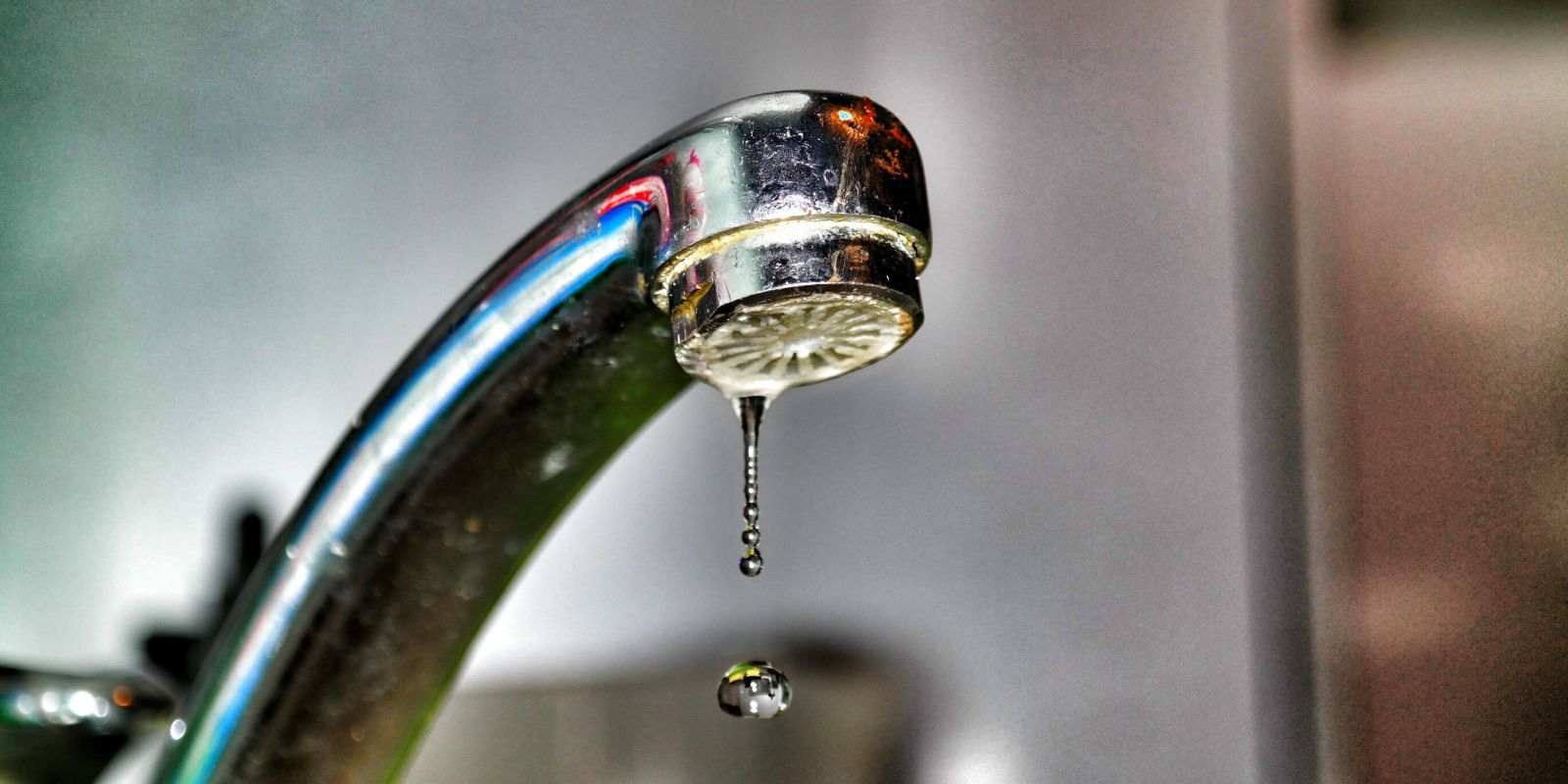
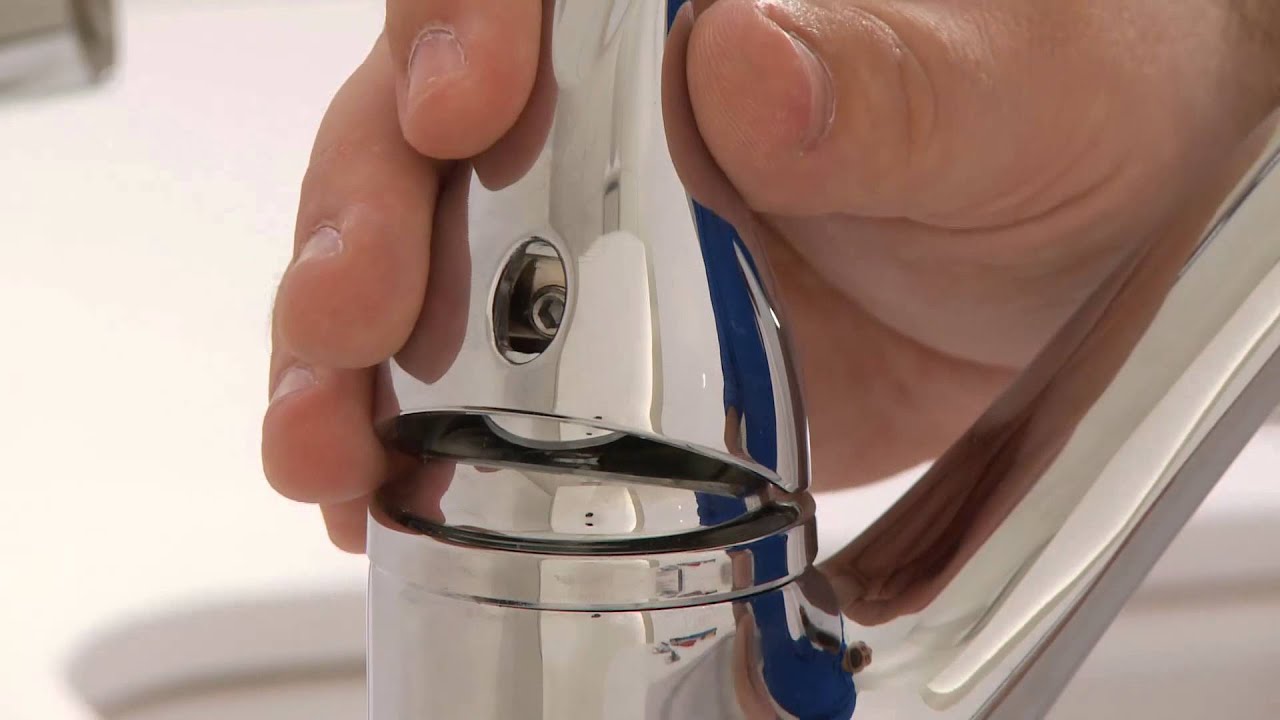
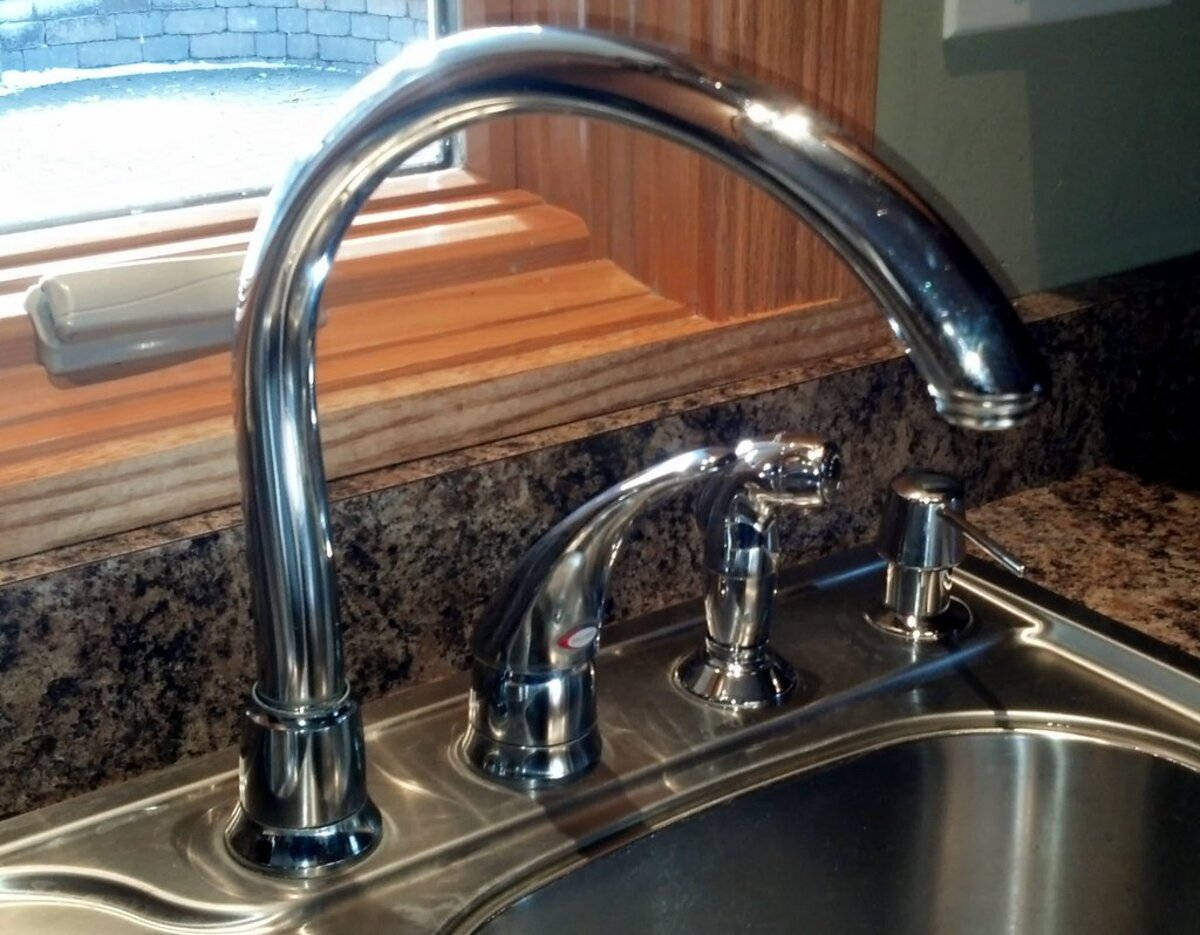
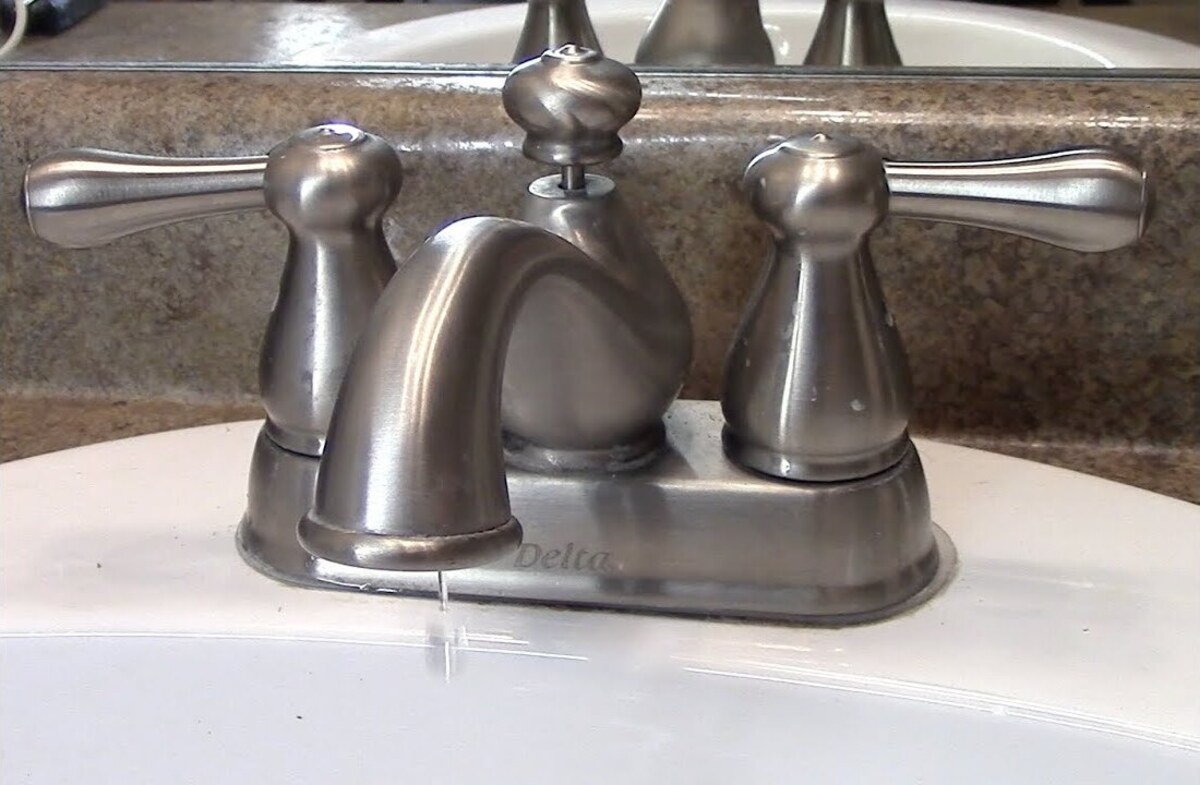
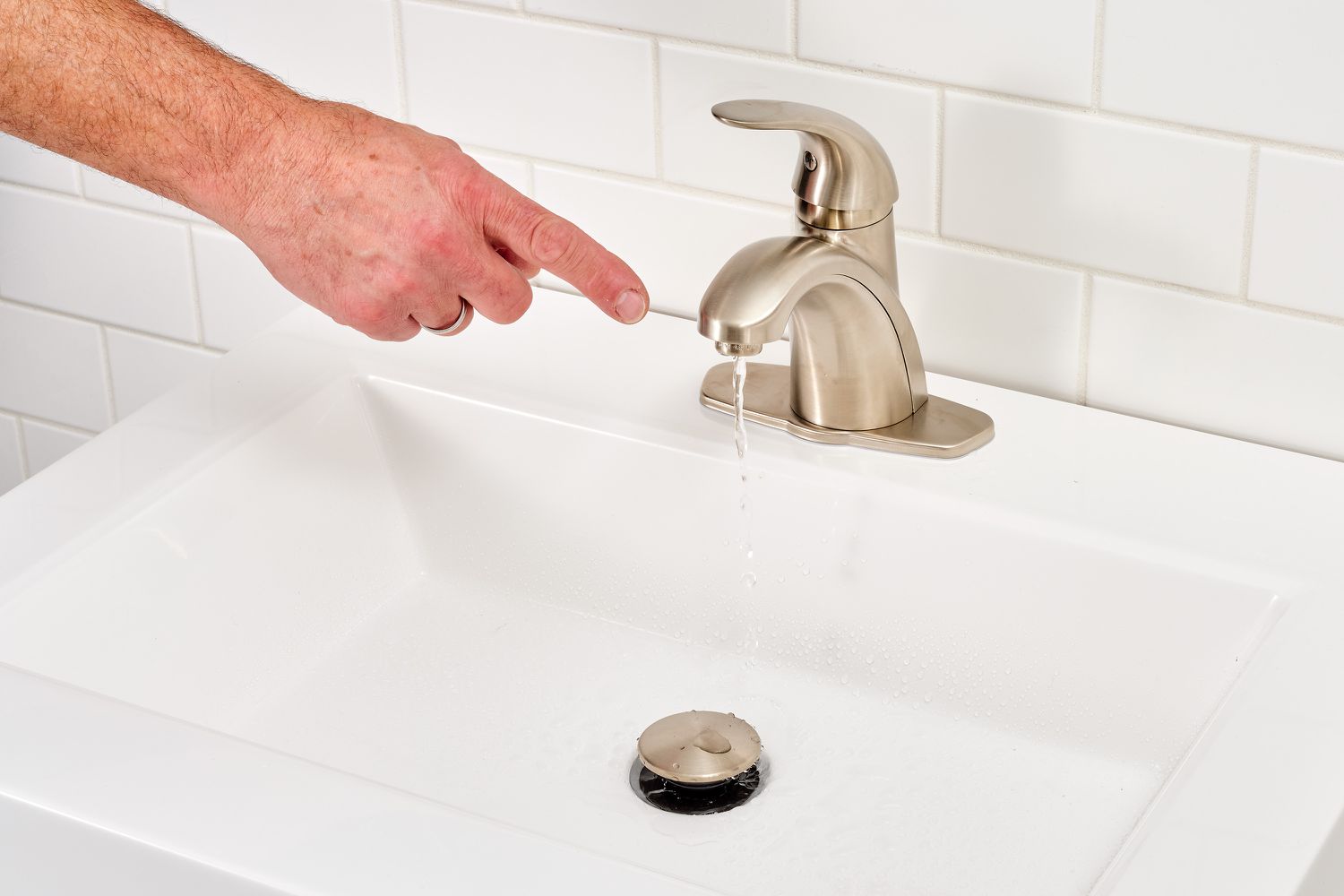
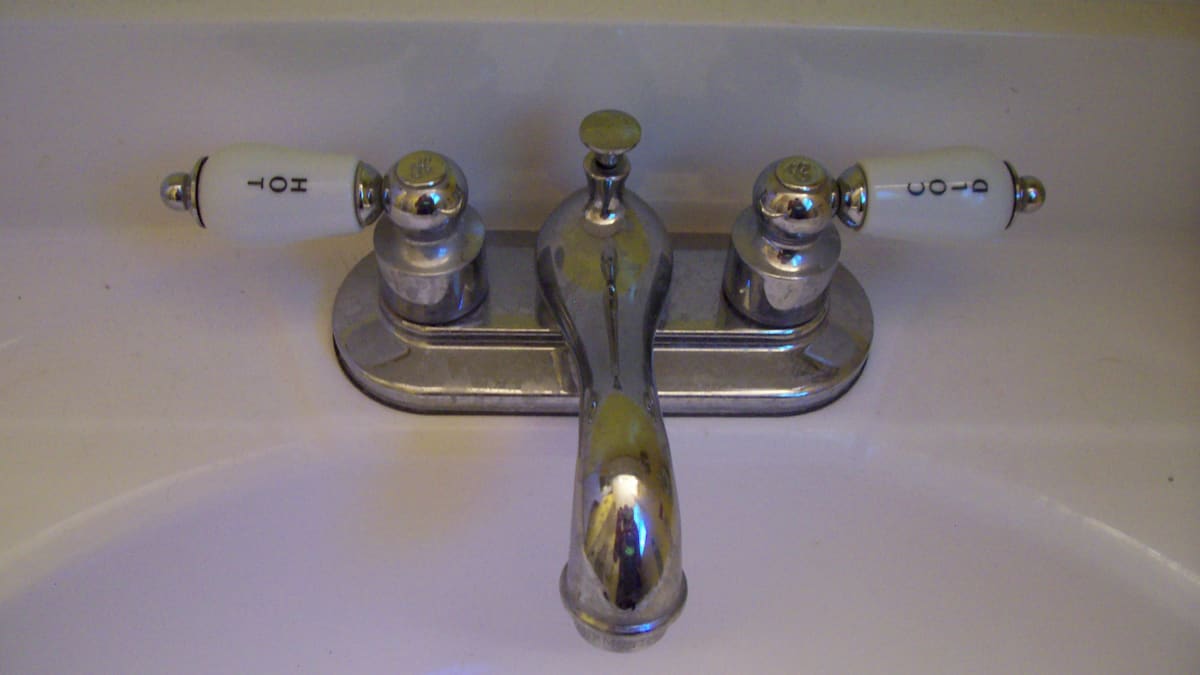
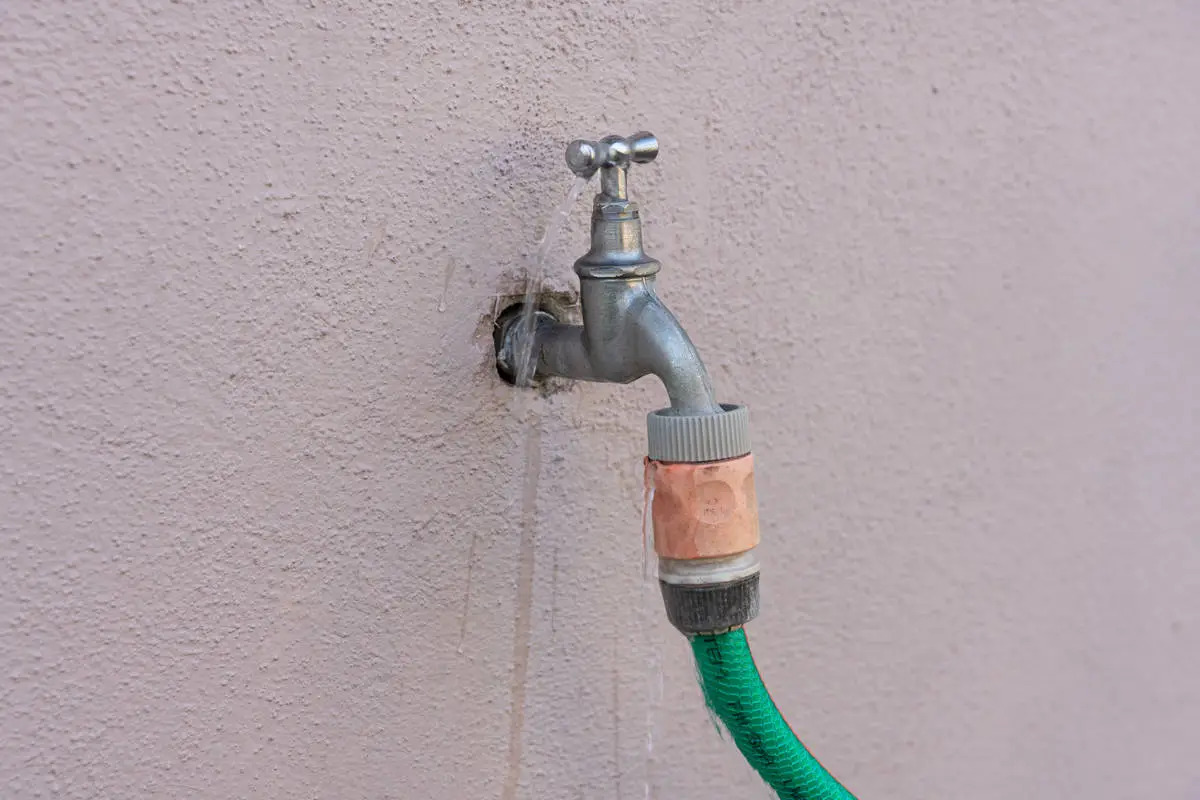
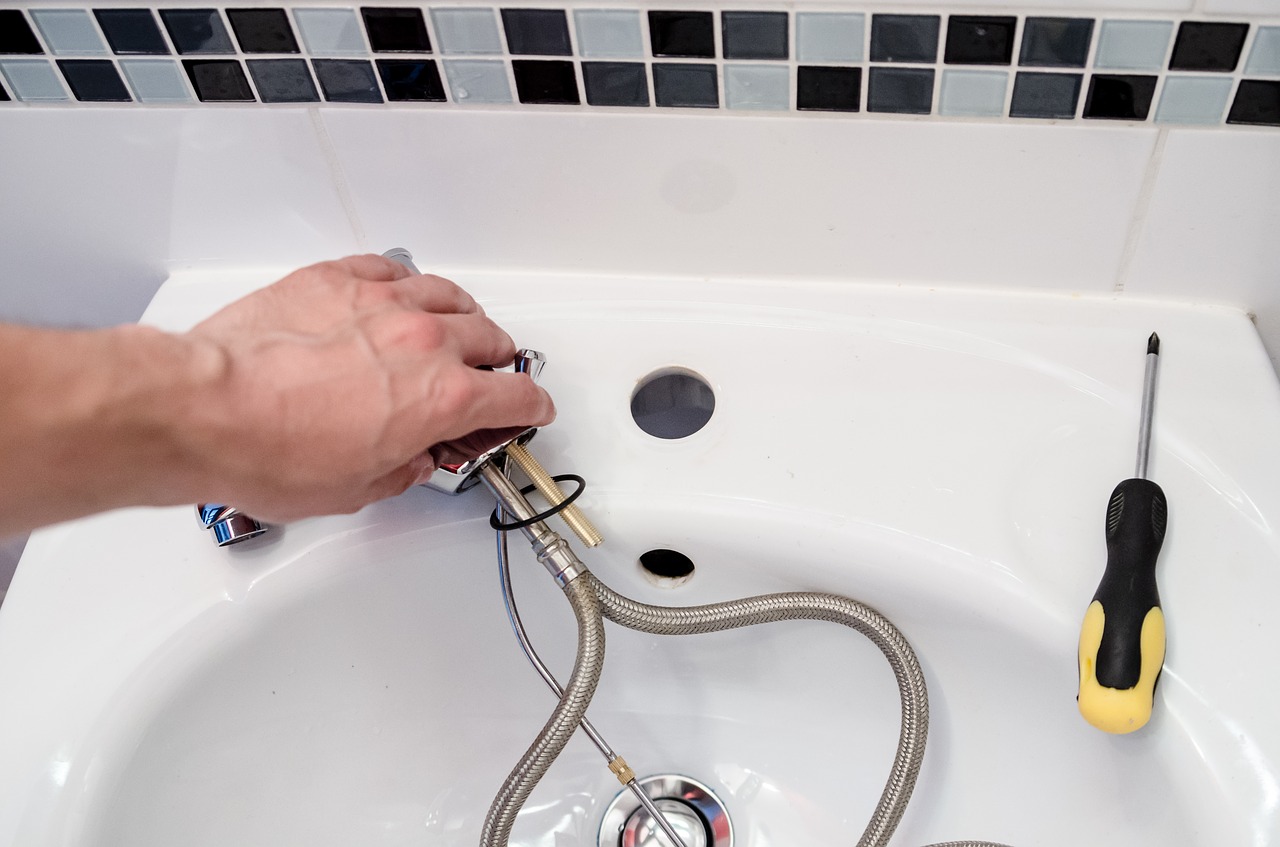
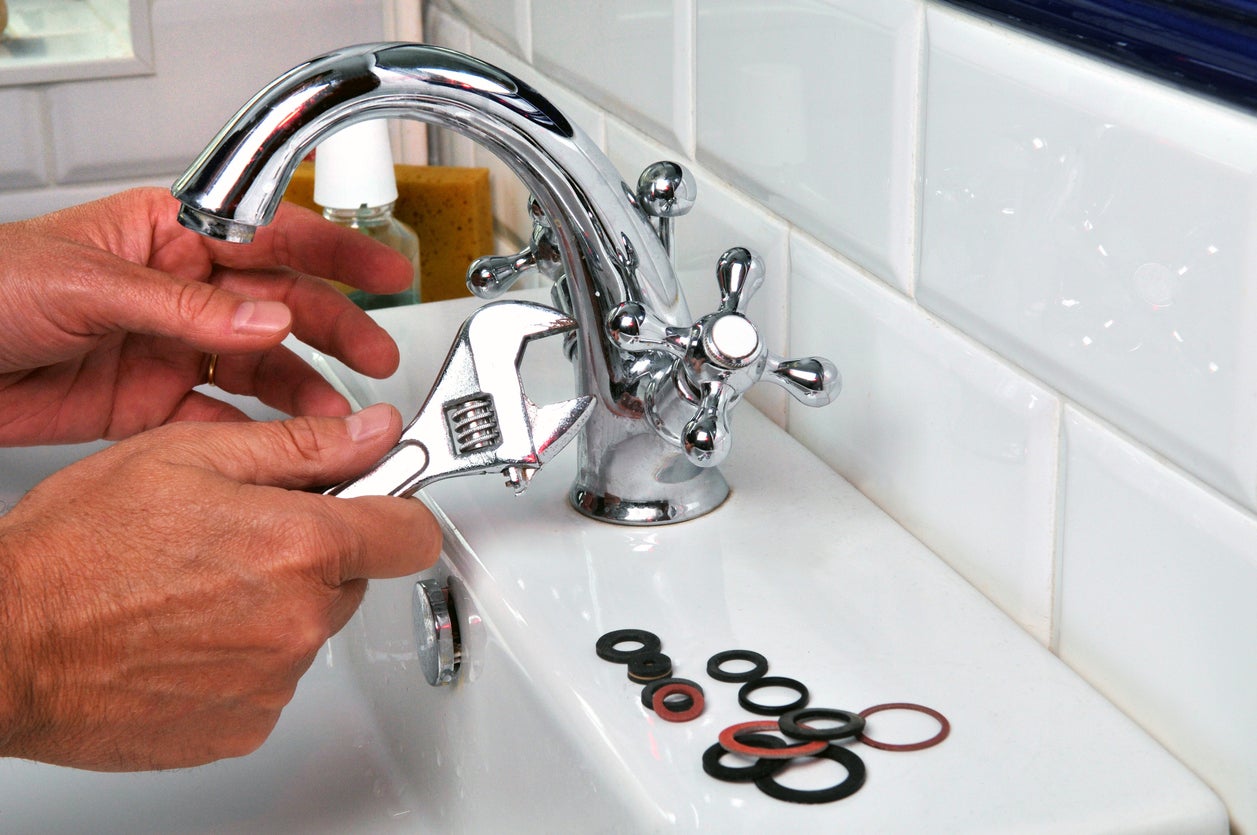
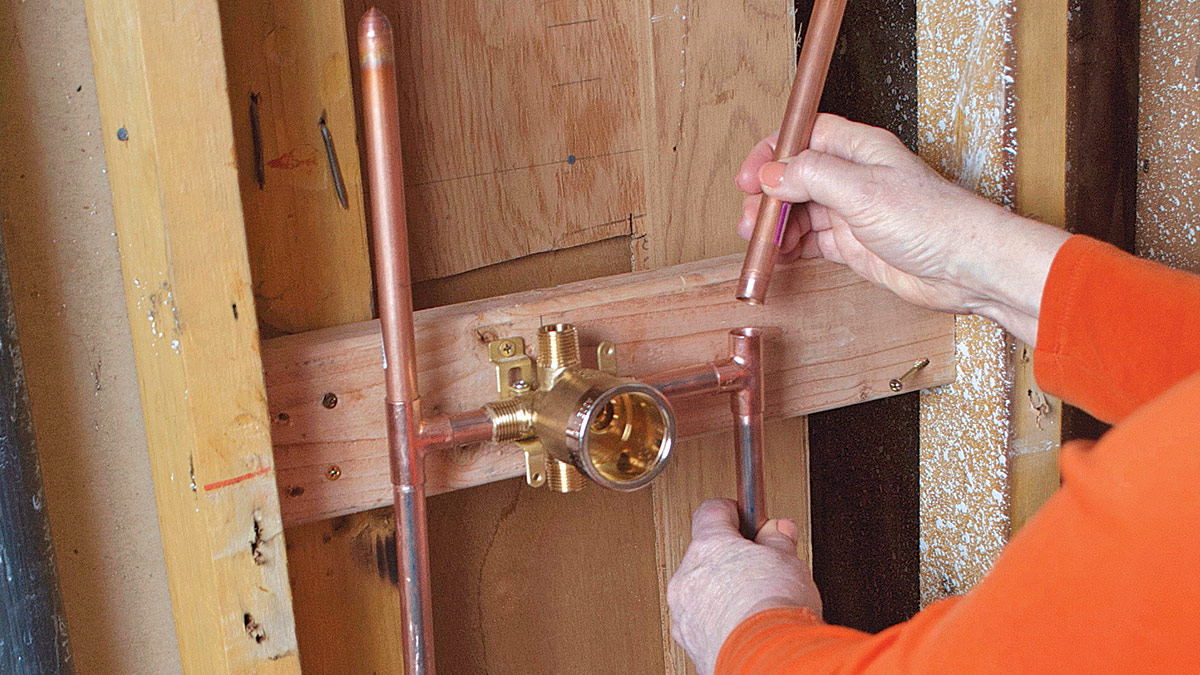
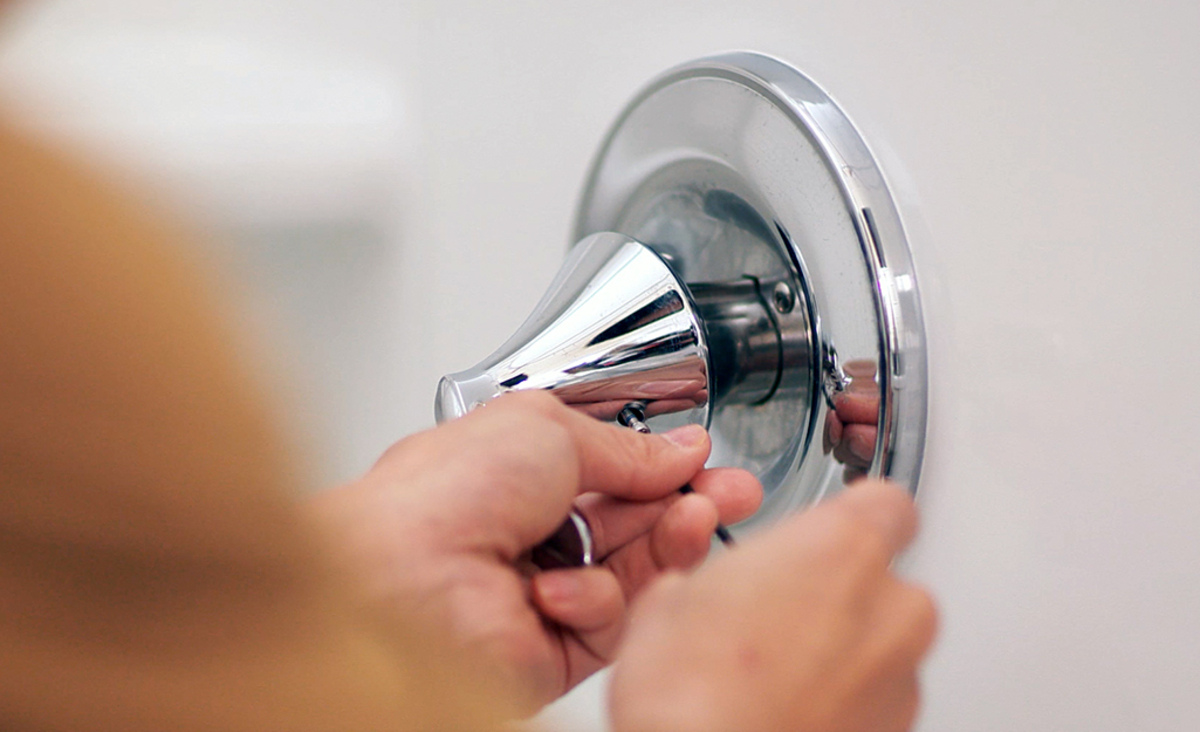
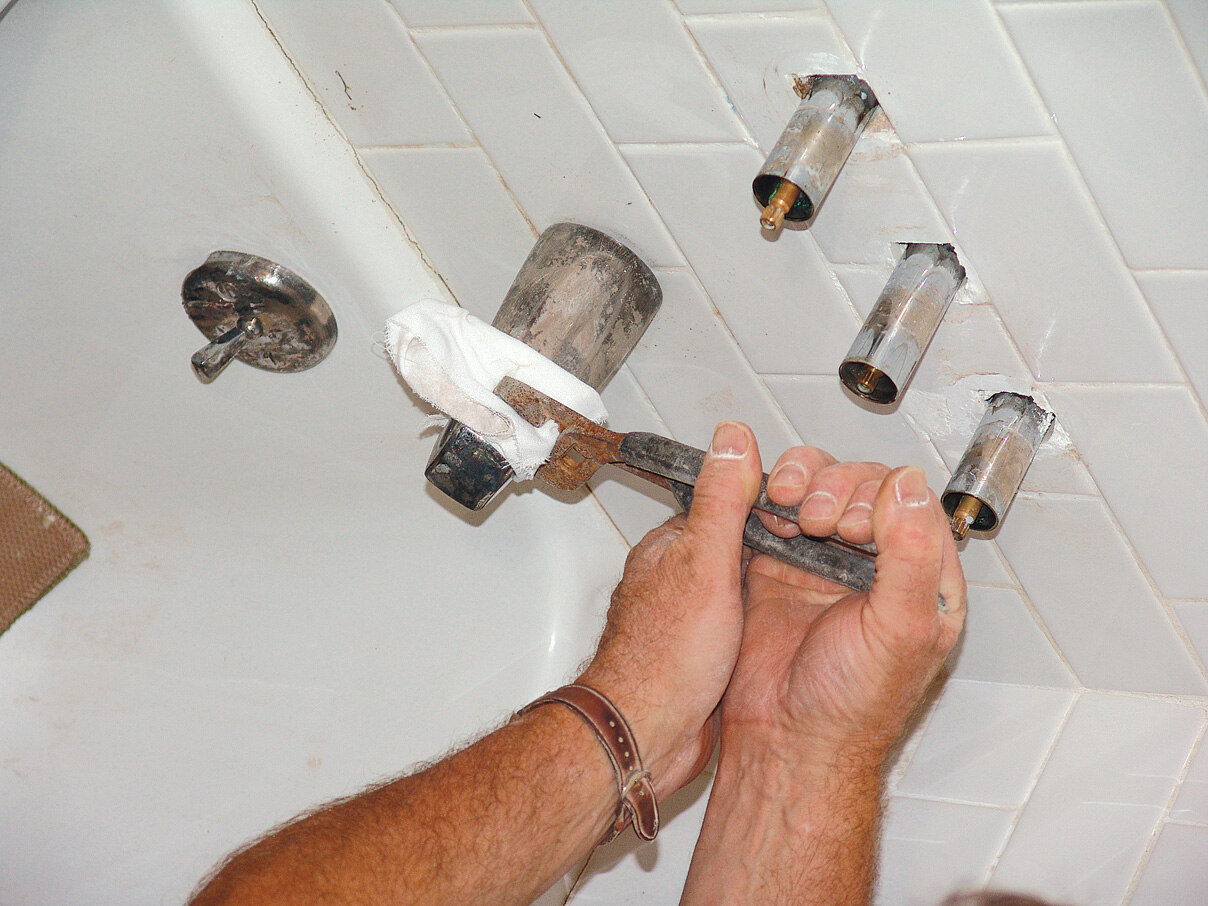
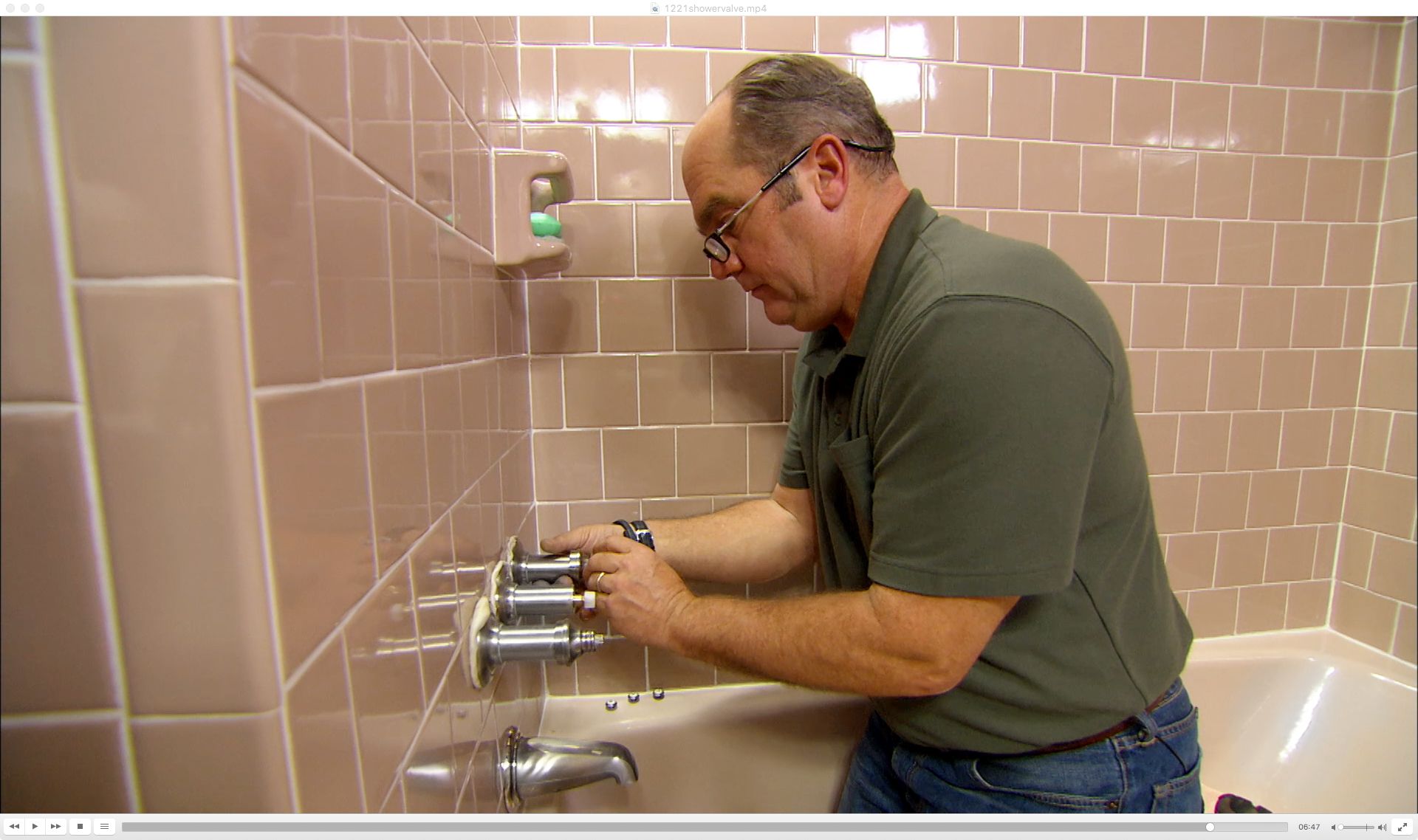

0 thoughts on “How To Stop A Leaky Shower Faucet”